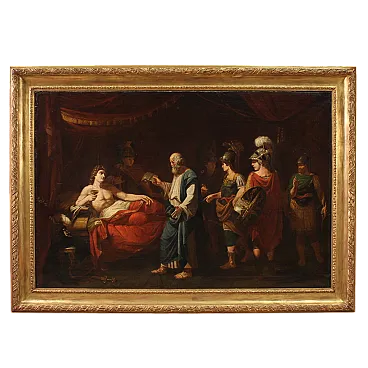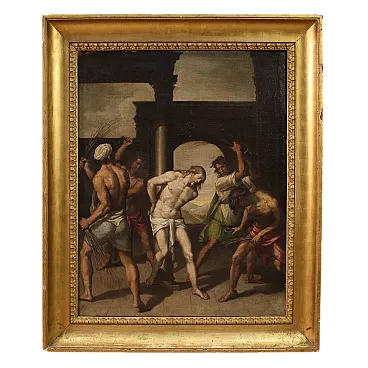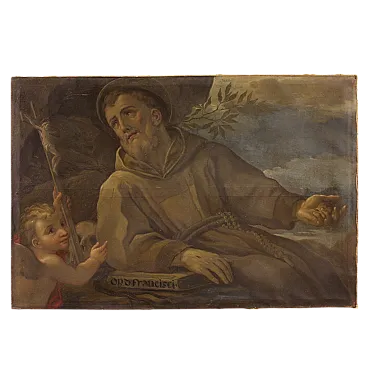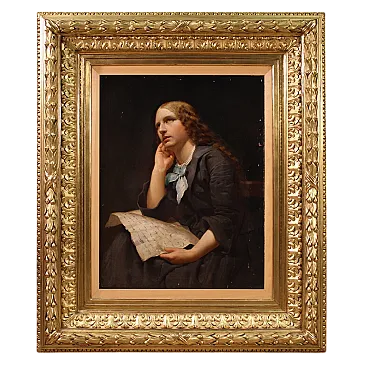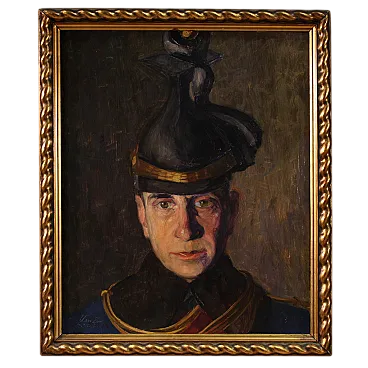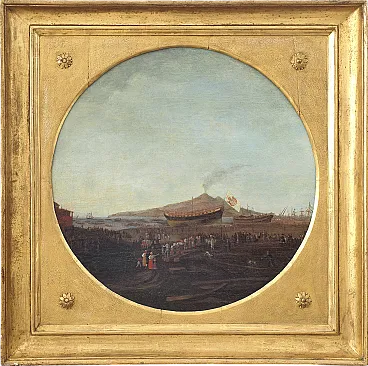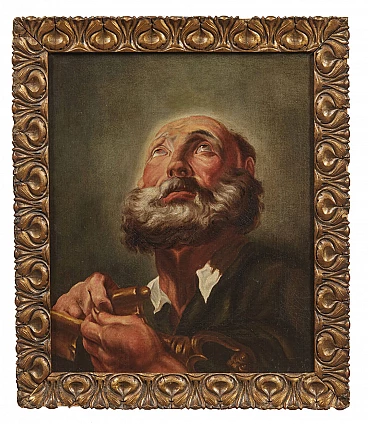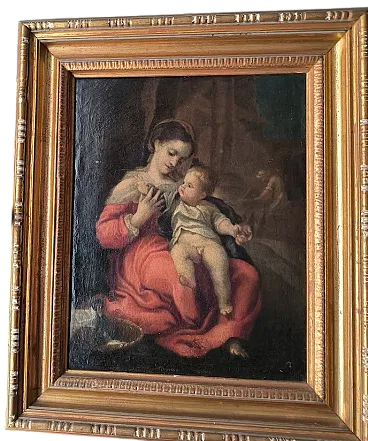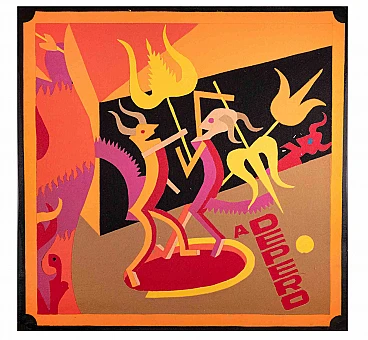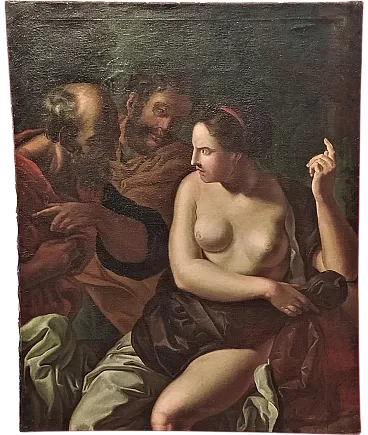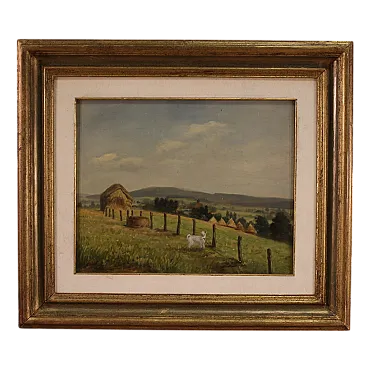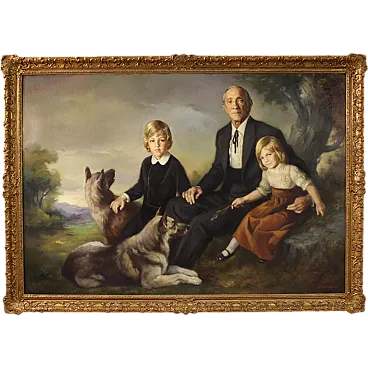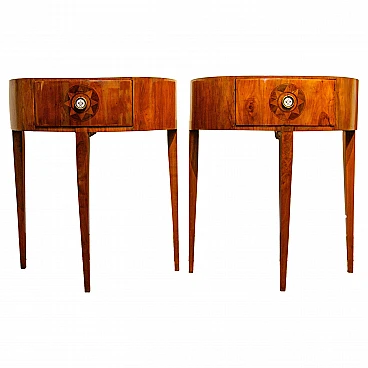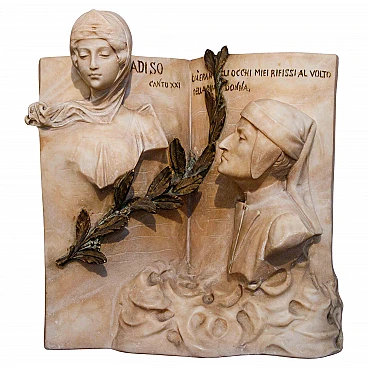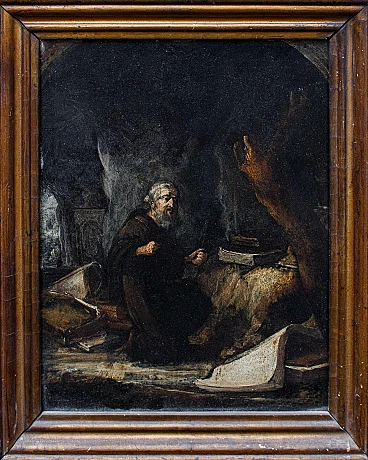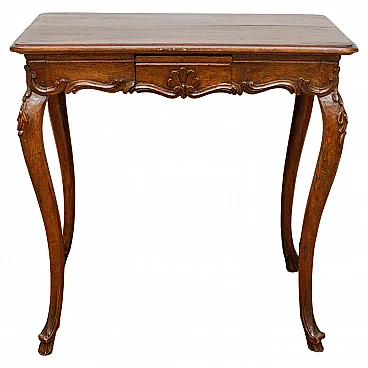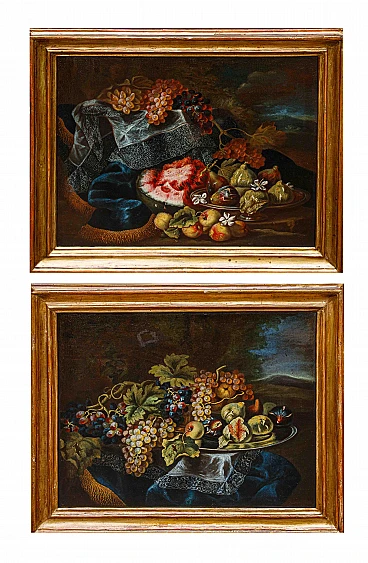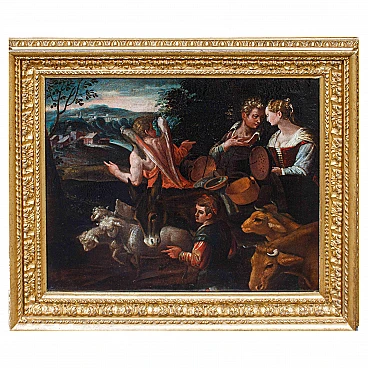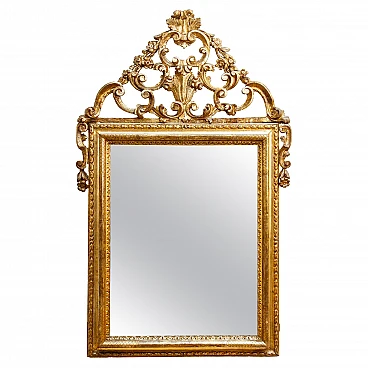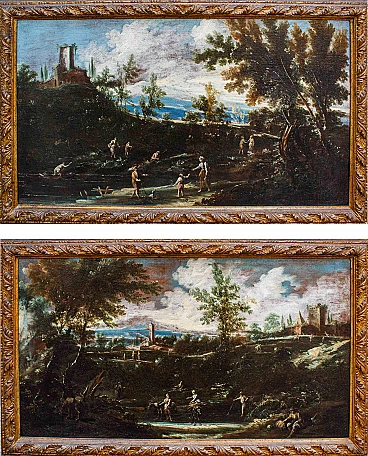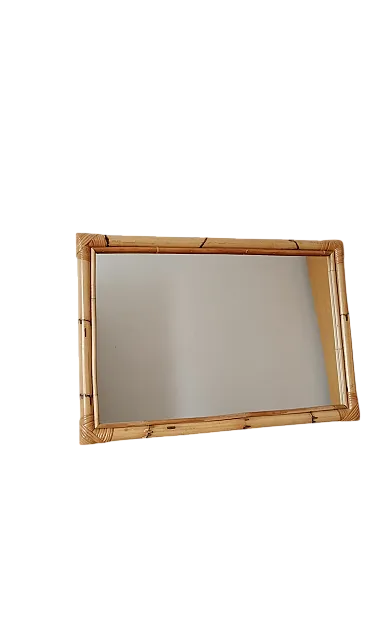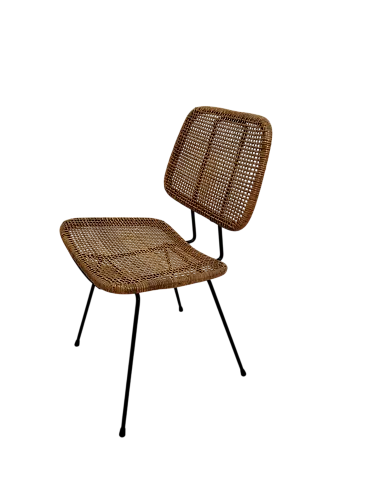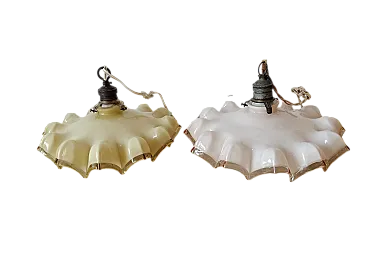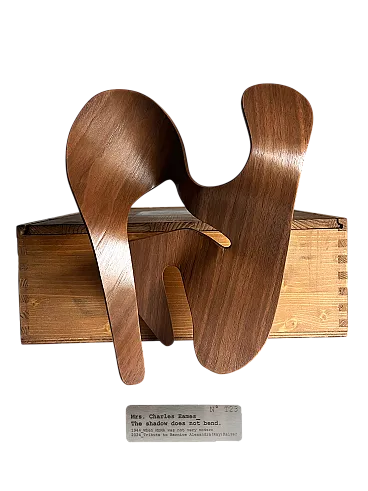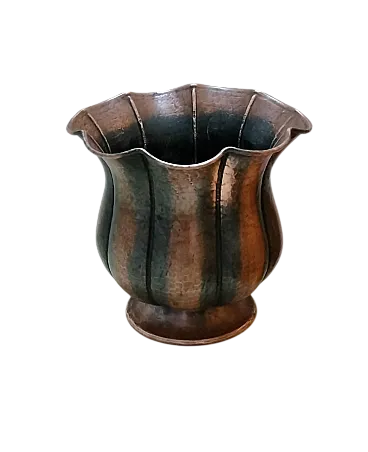Maximilian Pfeiler (active from 1683-c.1721) .Still life of flowers and fruits. Oil on canvas, 98 x 73 cm. Maximilian Pfeiler's life is not well documented and there are few chronological references about his activities. The few existing sources tell us that in 1683 he was a member of the Guild of Painters in Prague, his hometown, and a pupil of Christian Berentz (1658-1722), a painter of German descent who traveled first to the Netherlands and then settled in Rome, introducing northern European themes of the still life genre in which he specialized to Italy. It is unclear whether Pfeiler's alumnuship at Berentz already took place in Rome, where the Czech artist was certainly active by 1694 weaving collaborations with Francesco Trevisani and Michele Rocca. Pfeiler thus succeeded in carving out a prominent role for himself in the Roman art scene of the late 17th-early 18th century, producing extravagant and recognizable compositions of fruits and flowers that were highly prized by distinguished men: for example, some of his works were part of Cardinal Fesch's collection.
The painting under consideration exemplifies the quality of Pfeiler's typical production and shows debts to his master Berentz as well as to other foreign artists established in Rome who specialized in still life.
As already in Tamm's or Vogelaer's compositions the backdrop for the flowers and fruits is an architectural fragment, already introducing the taste for ancient ruins that would be fully consolidated in the 18th century. The various types of fruits are arranged by overlapping groups that stack on top of each other following diagonal trends. Starting from the bottom we see a cluster of white grapes along with peaches, plums, and half a watermelon. Slightly further back is an upturned wicker basket within which are some chestnuts still in their husks and partially covered by large green leaves mottled with orange. Flowers with lilac petals, the same ones that wrap around the base of the column in the background, bisect the canvas.
A wooden top descends diagonally above them from which some pears fall while cherries fall from an inverted riser. Each element is described with extreme technical skill and attention to detail: observe in this regard the detail of dew resting on plums or grapes, the hollowed-out watermelon flesh that fades from green skin to deeper red in the more central parts of the fruit, or the truth with which the leaves curl in on themselves. Note also that the various fruits depicted do not belong to the same seasonality, which suggests that the artist made some of them without a model from life, but painted them from memory while still achieving an overall effect of great naturalism.
Also noteworthy is the Czech artist's skill in color combinations: the red accents of the cherries and watermelon are enhanced by the predominant green complementary in the leaves and pears.
The violet of flowers and plums is answered by the yellow of peaches and grapes. Such juxtapositions expand the effect of three-dimensionality already given by the chiaroscuro contrasts that wisely balance the brighter colors. Pfeiler in the work analyzed, as well as in other compositions such as the still life in a private Genoese collection, shows debts to his master Berentz. This can be seen in the great variety of fruits and flowers described and especially in their almost total filling of the available space. 6 The last records of Maximilian Pfeiler are attested to 1721. He spent presumably most of his existence in Rome enjoying some success and appreciation among his contemporaries, both among artists and collectors.
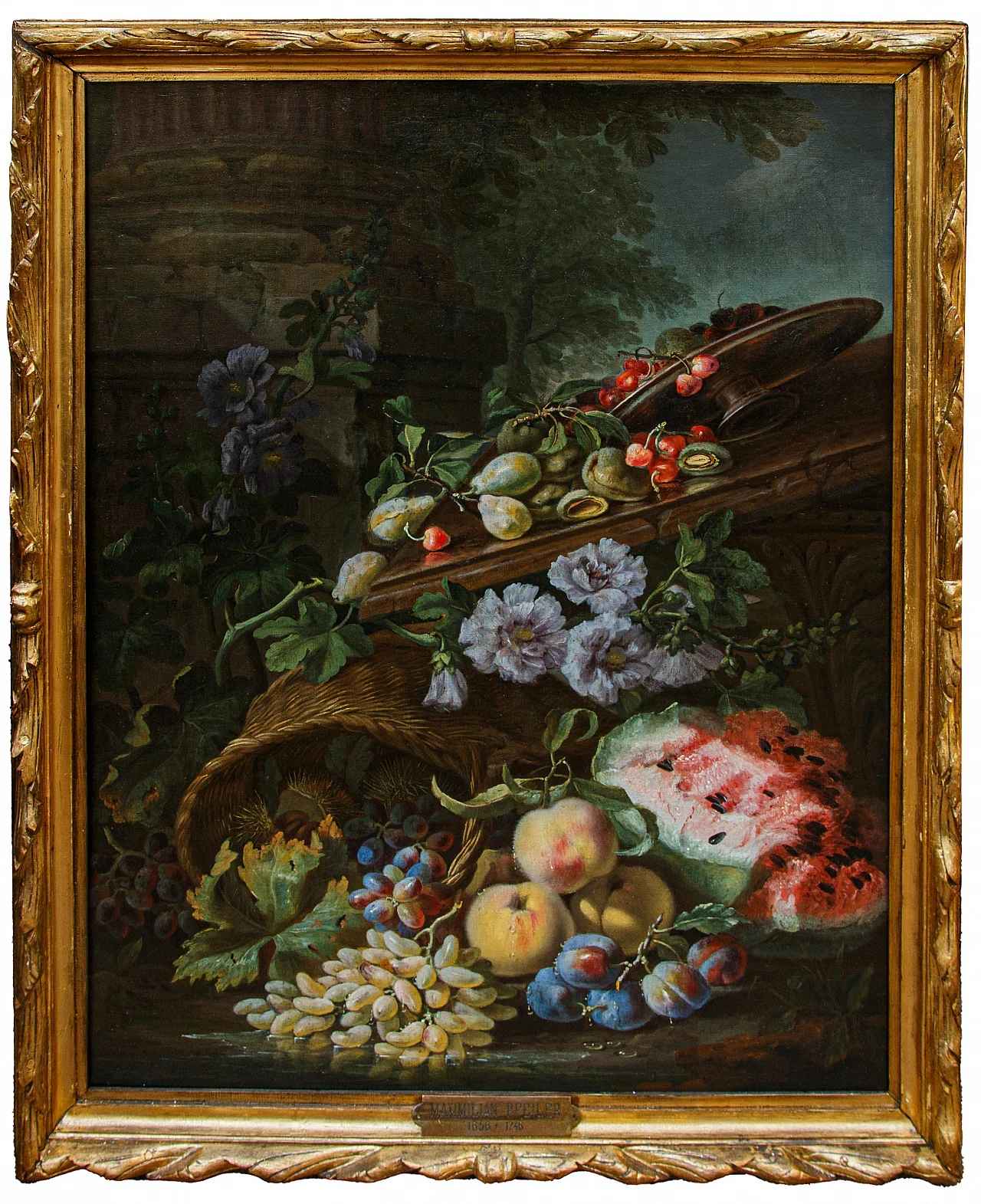
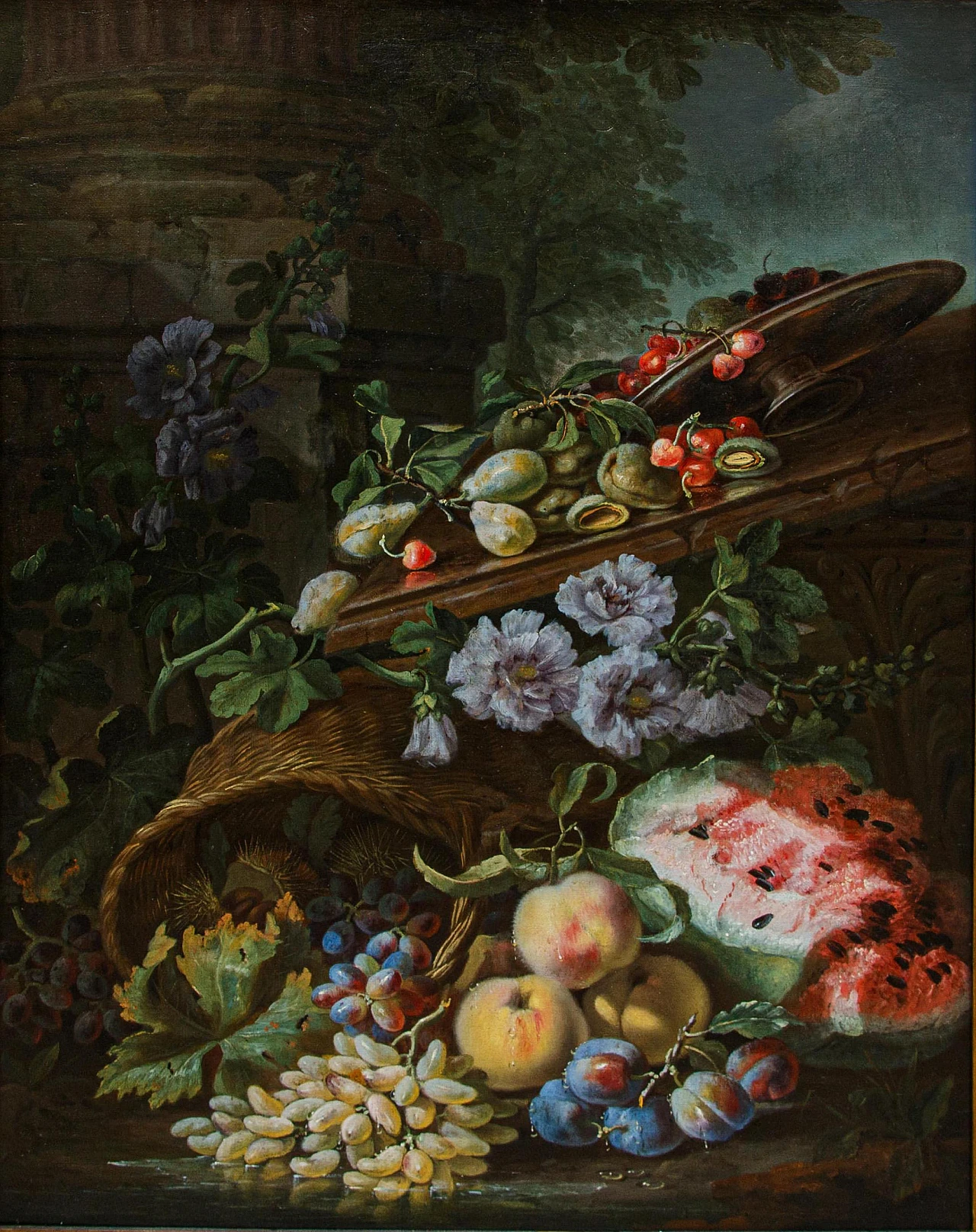
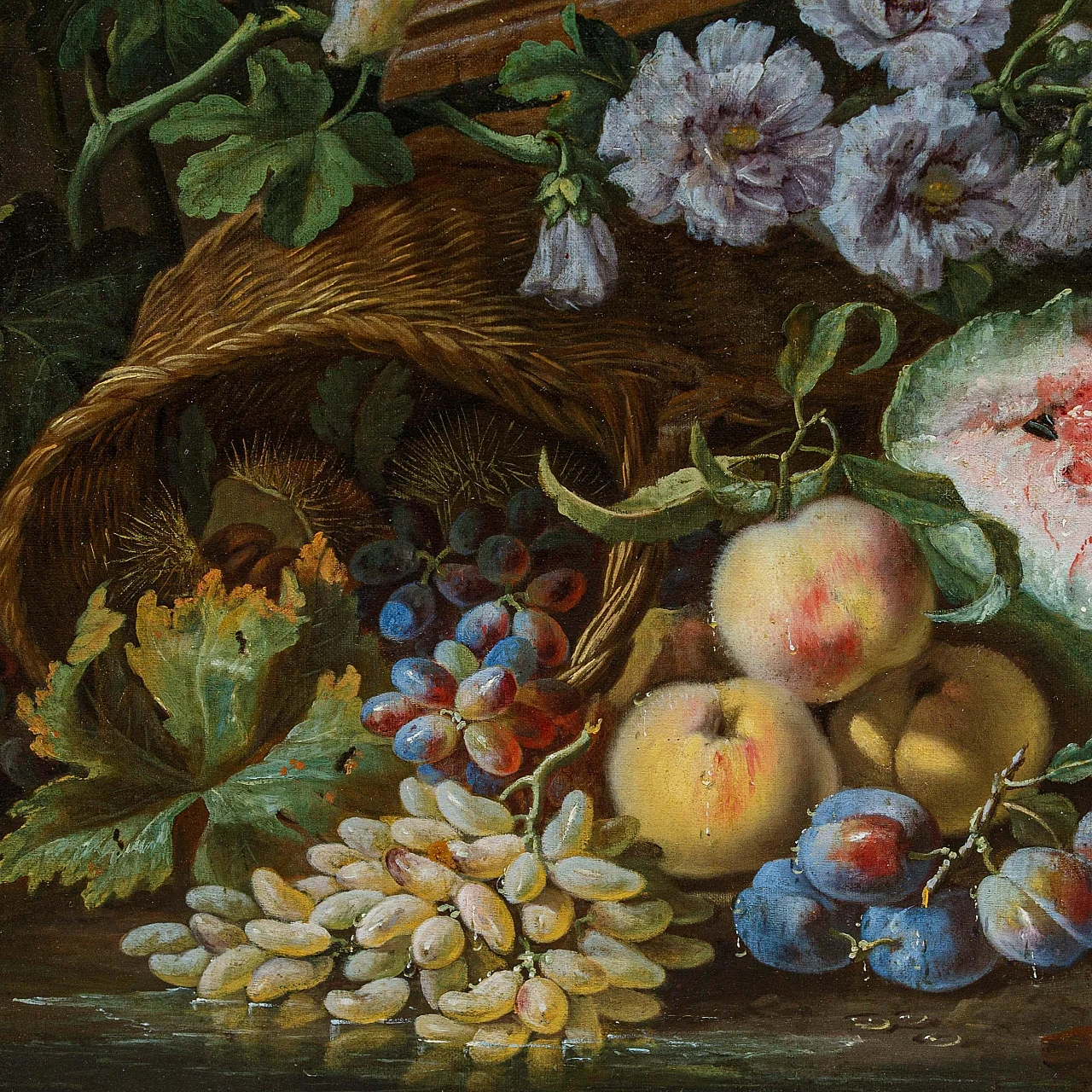
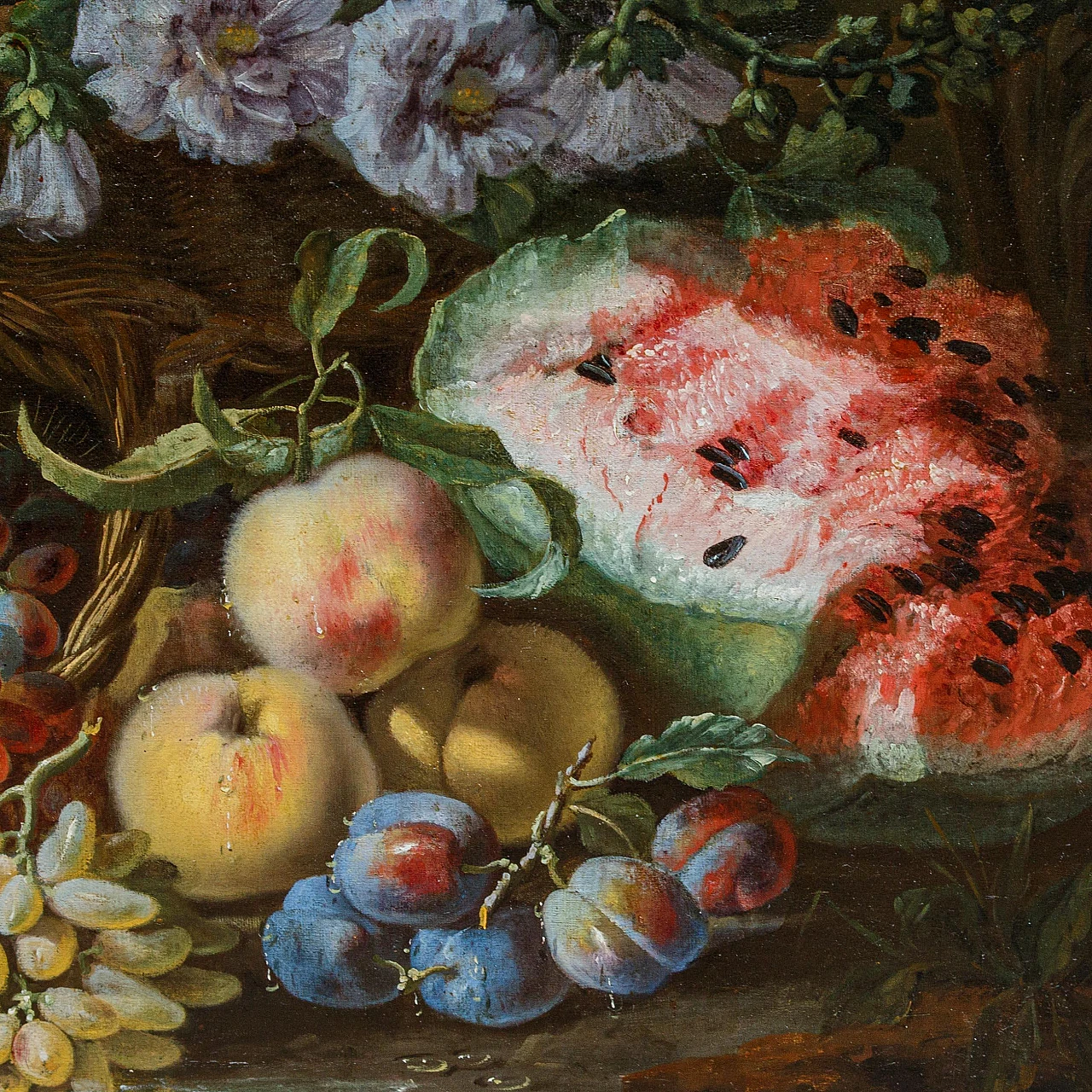
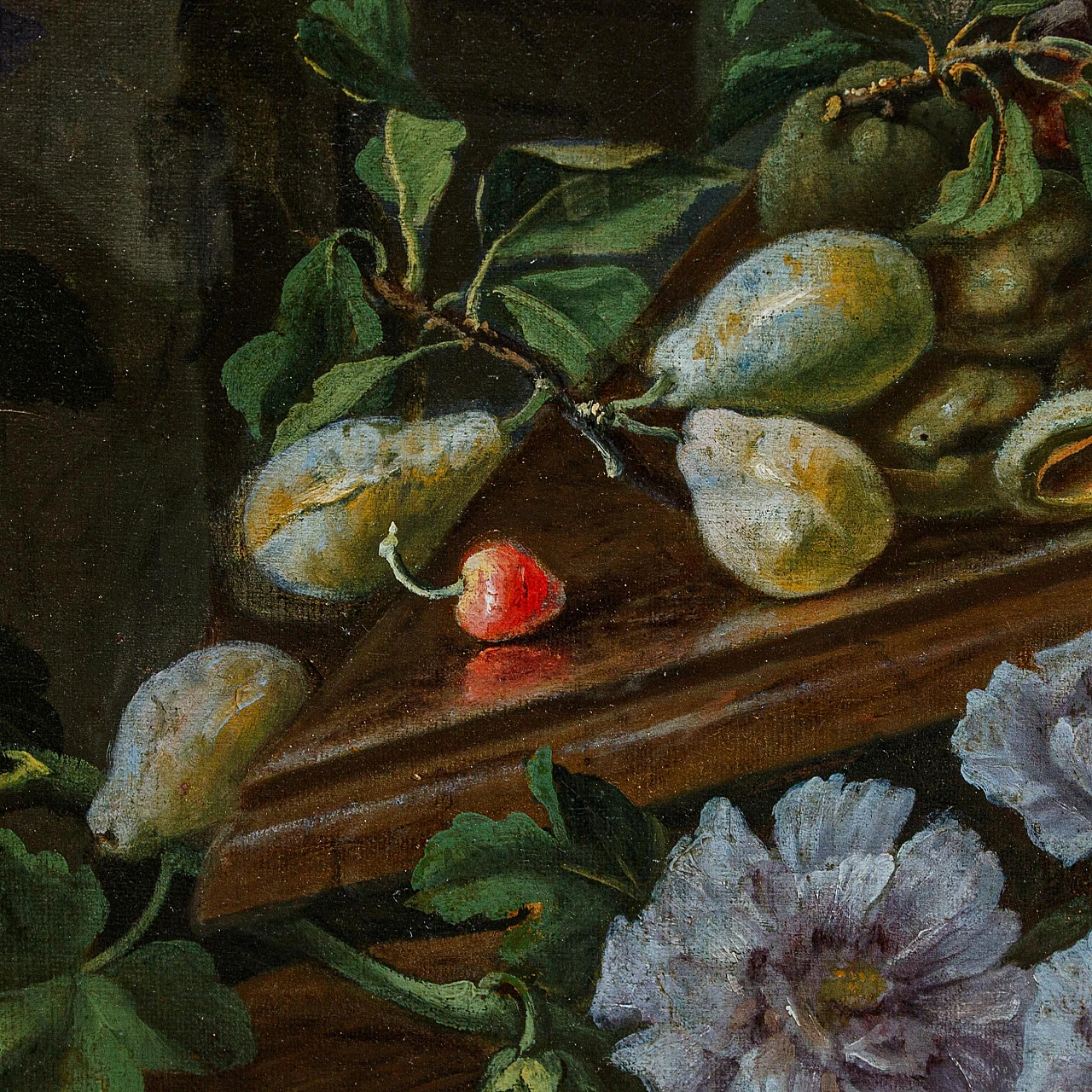
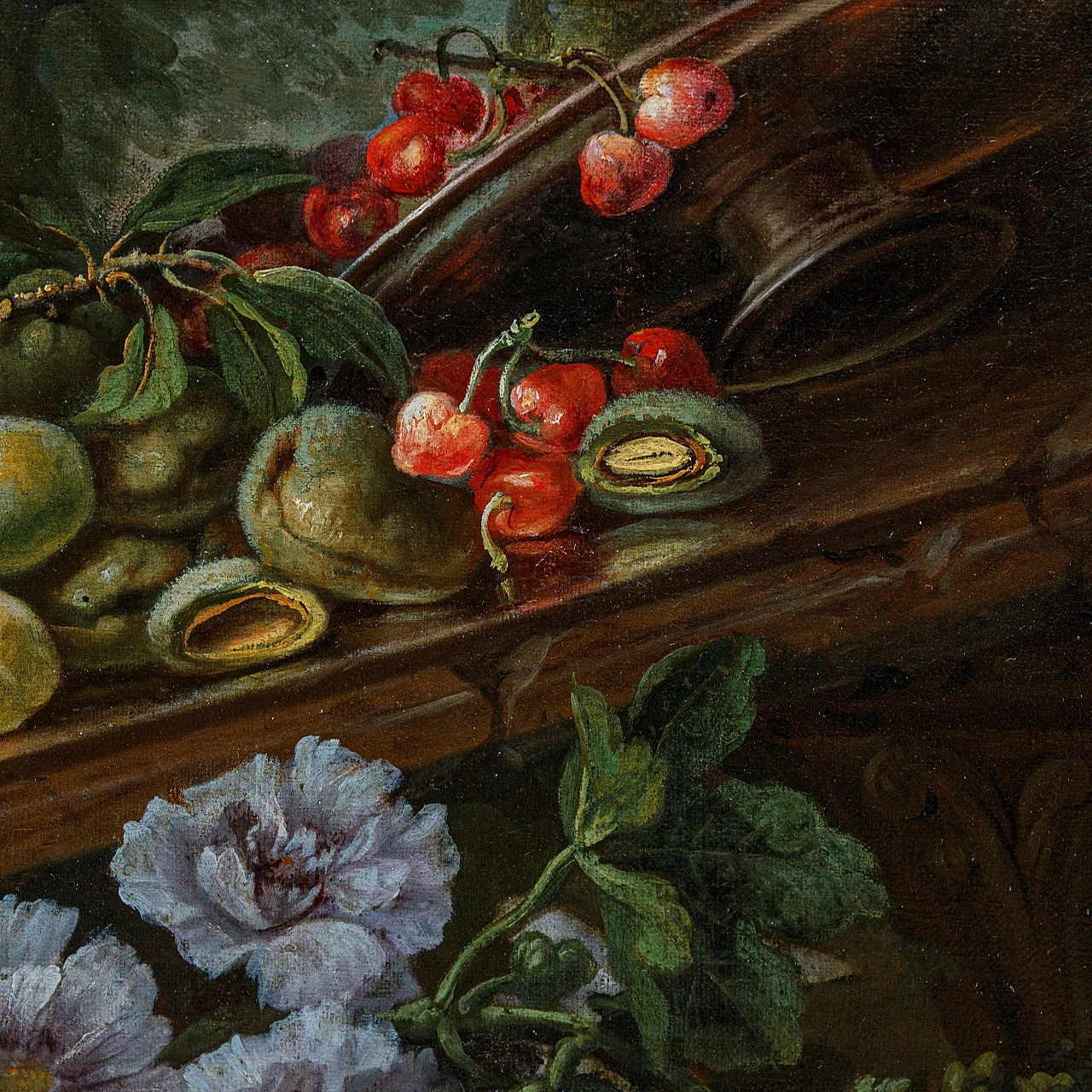
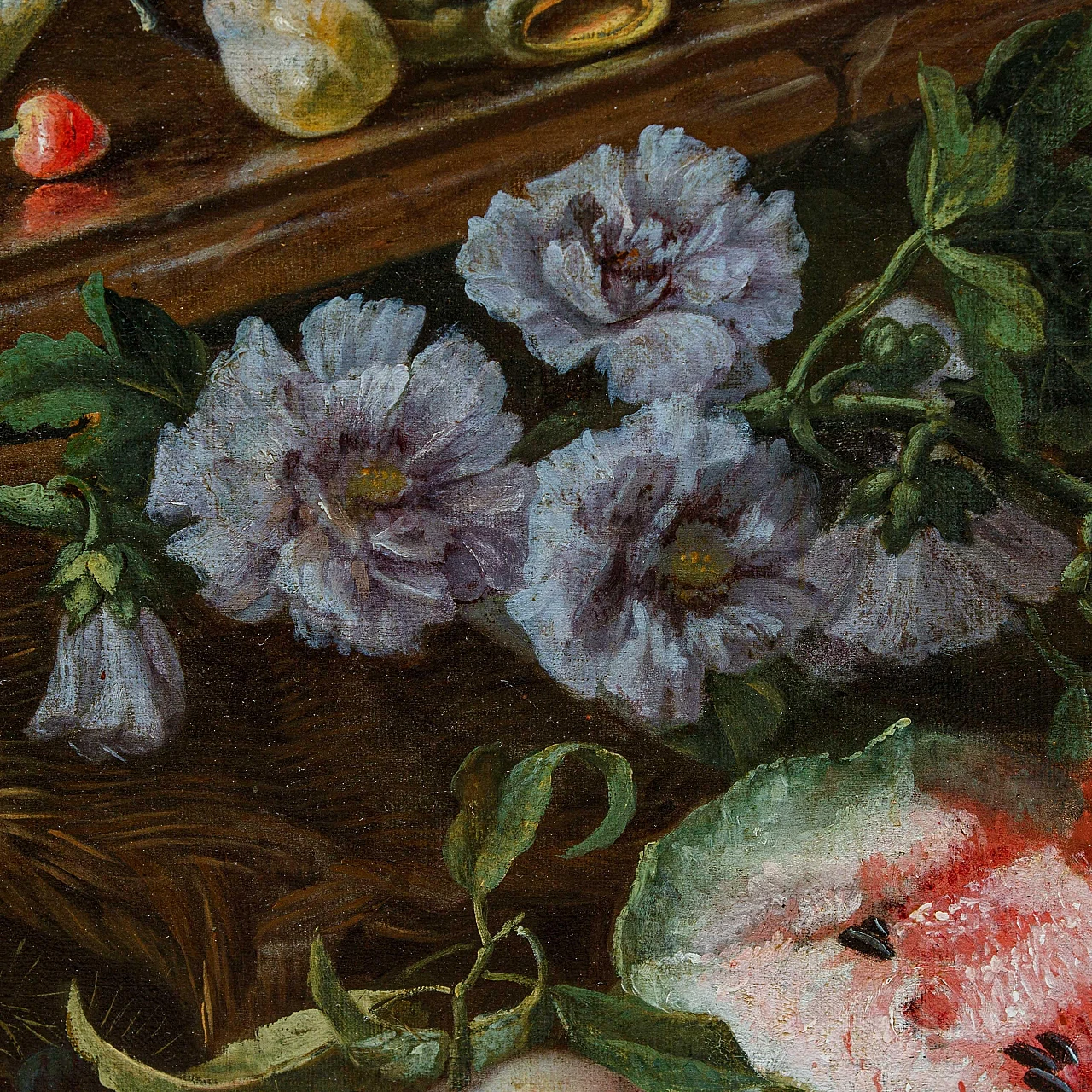
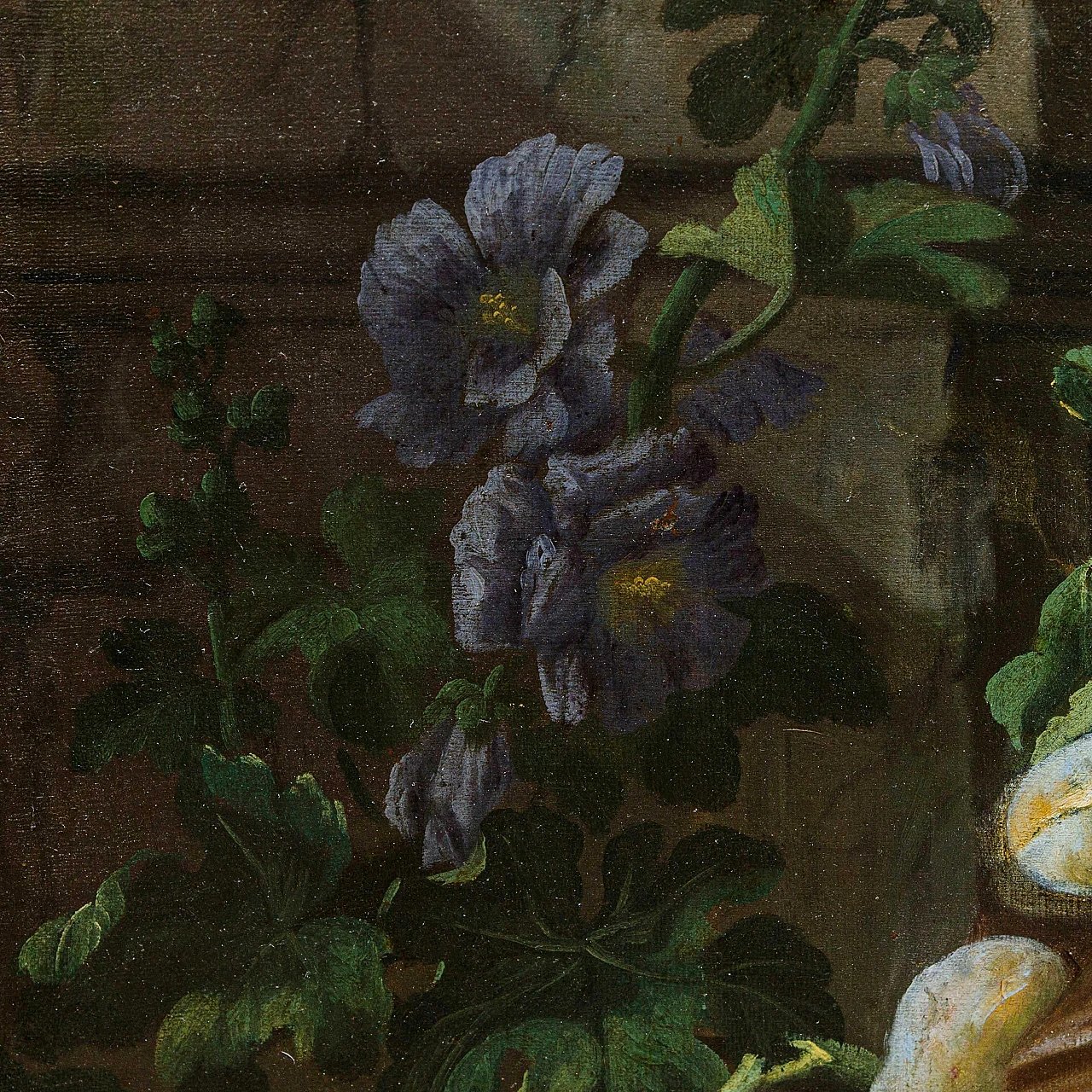
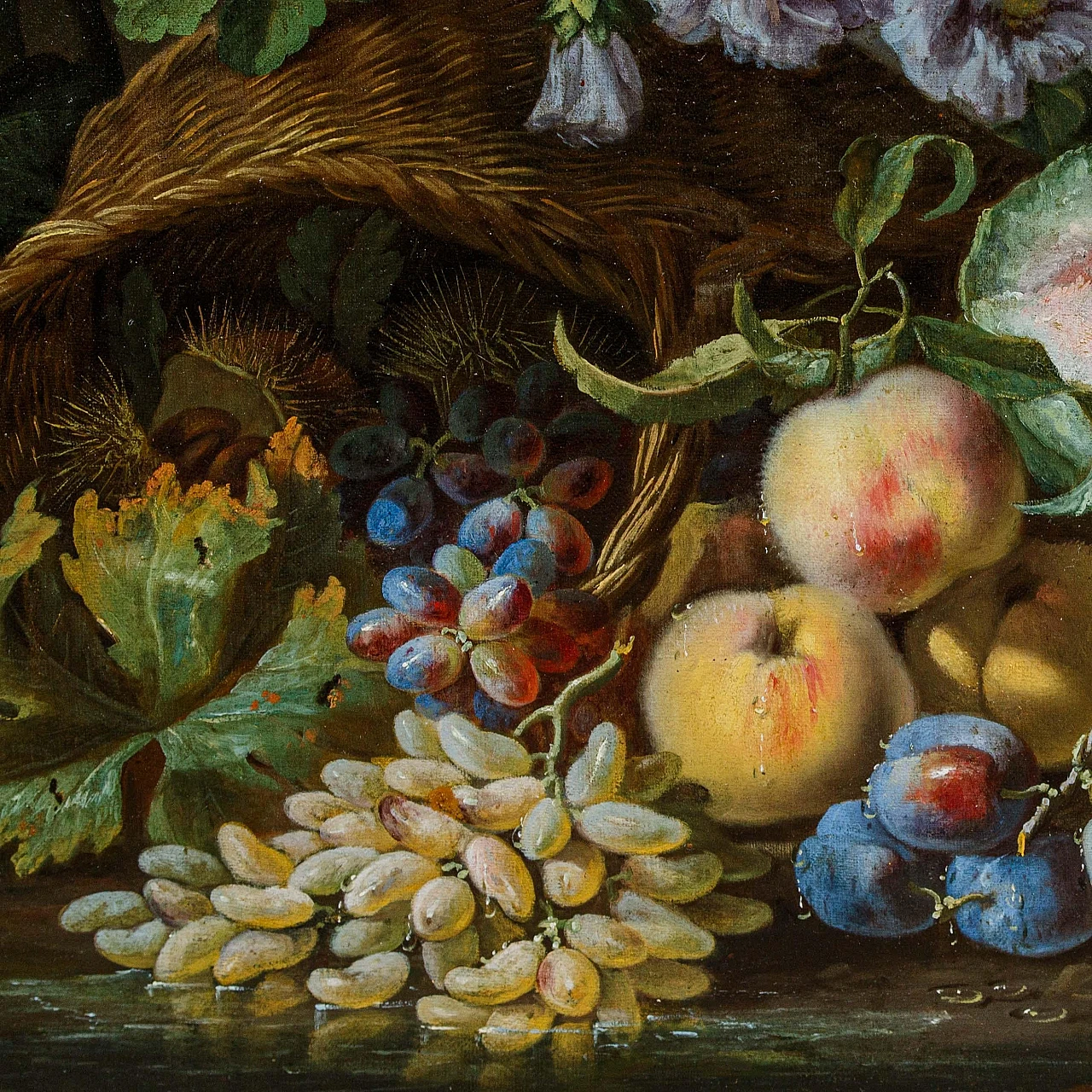
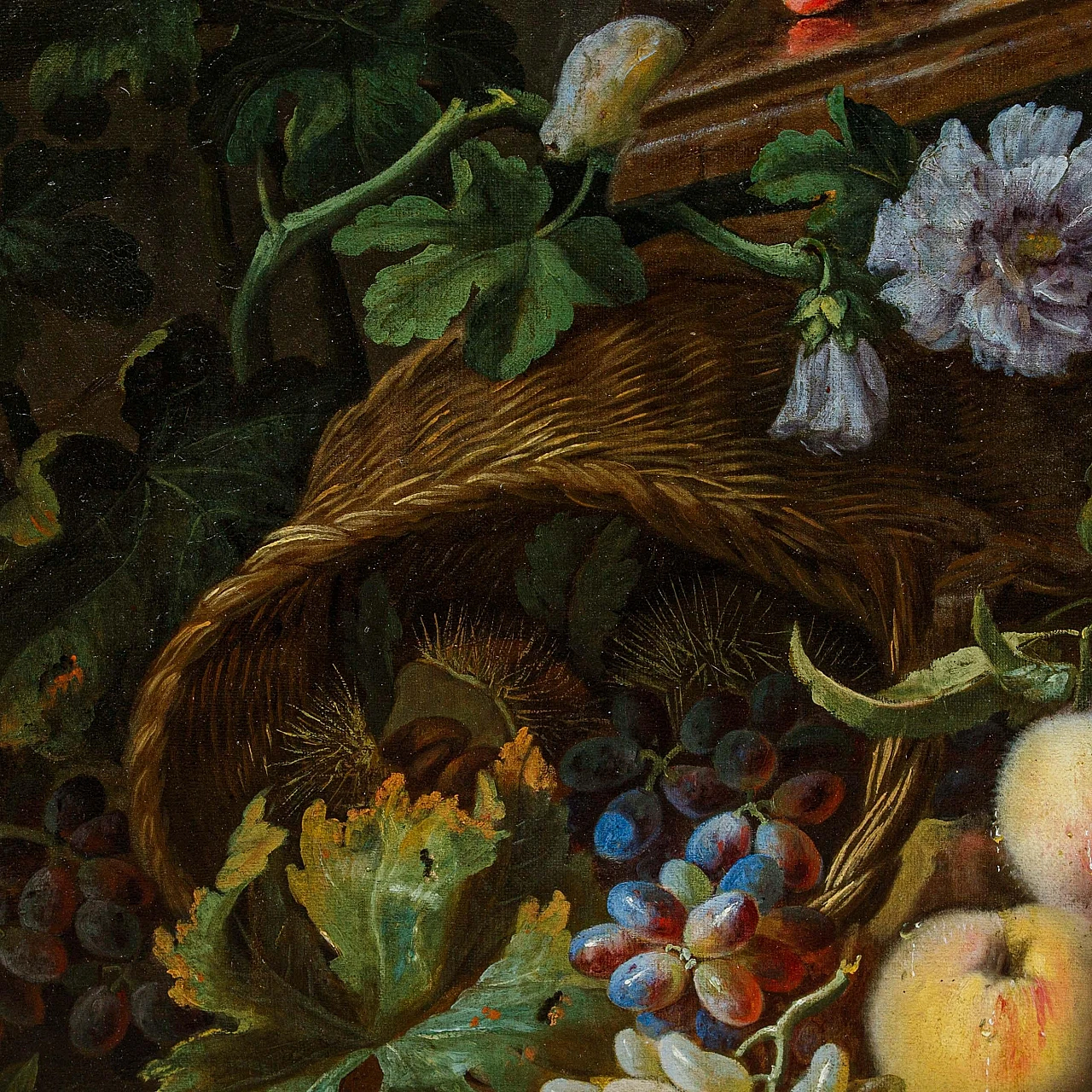
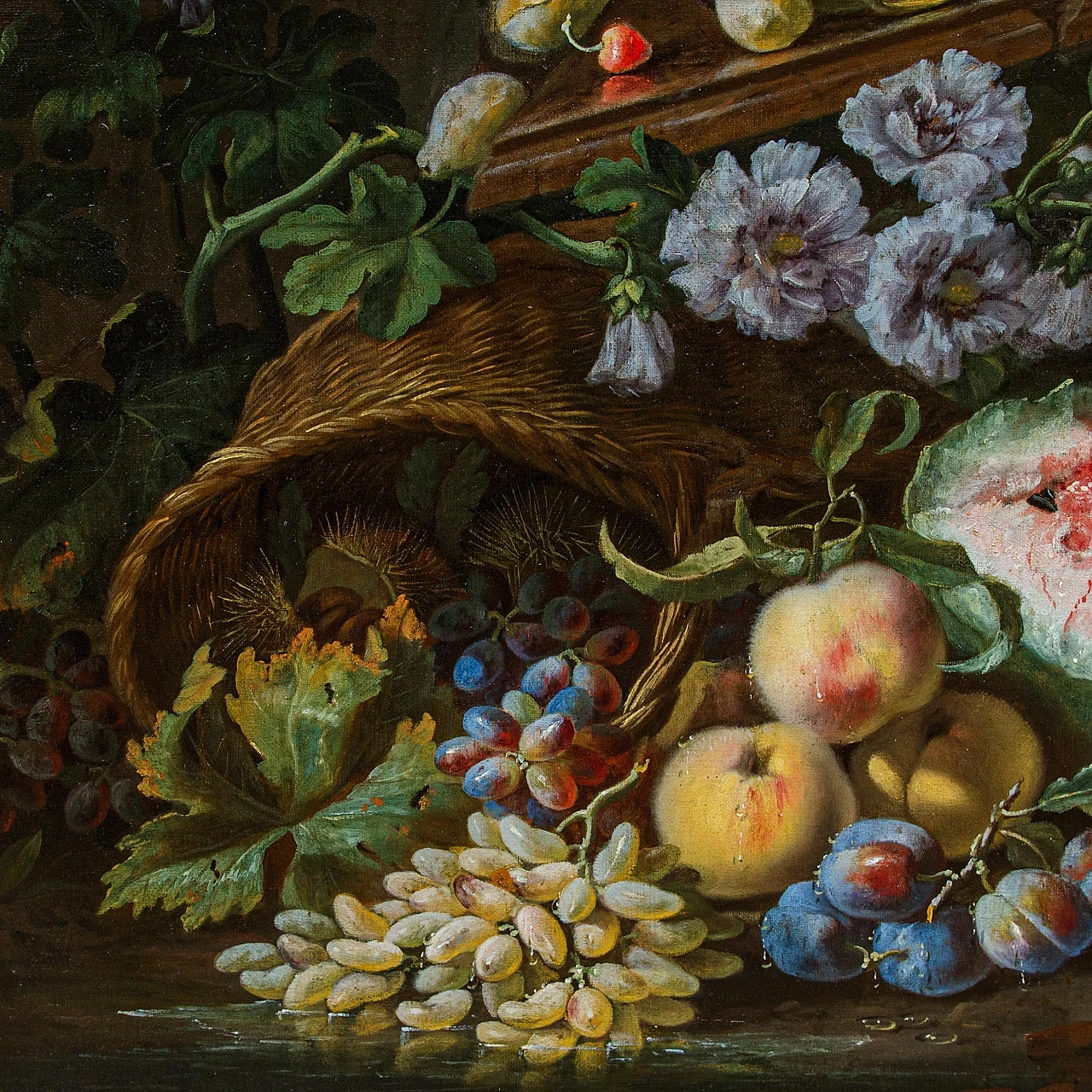
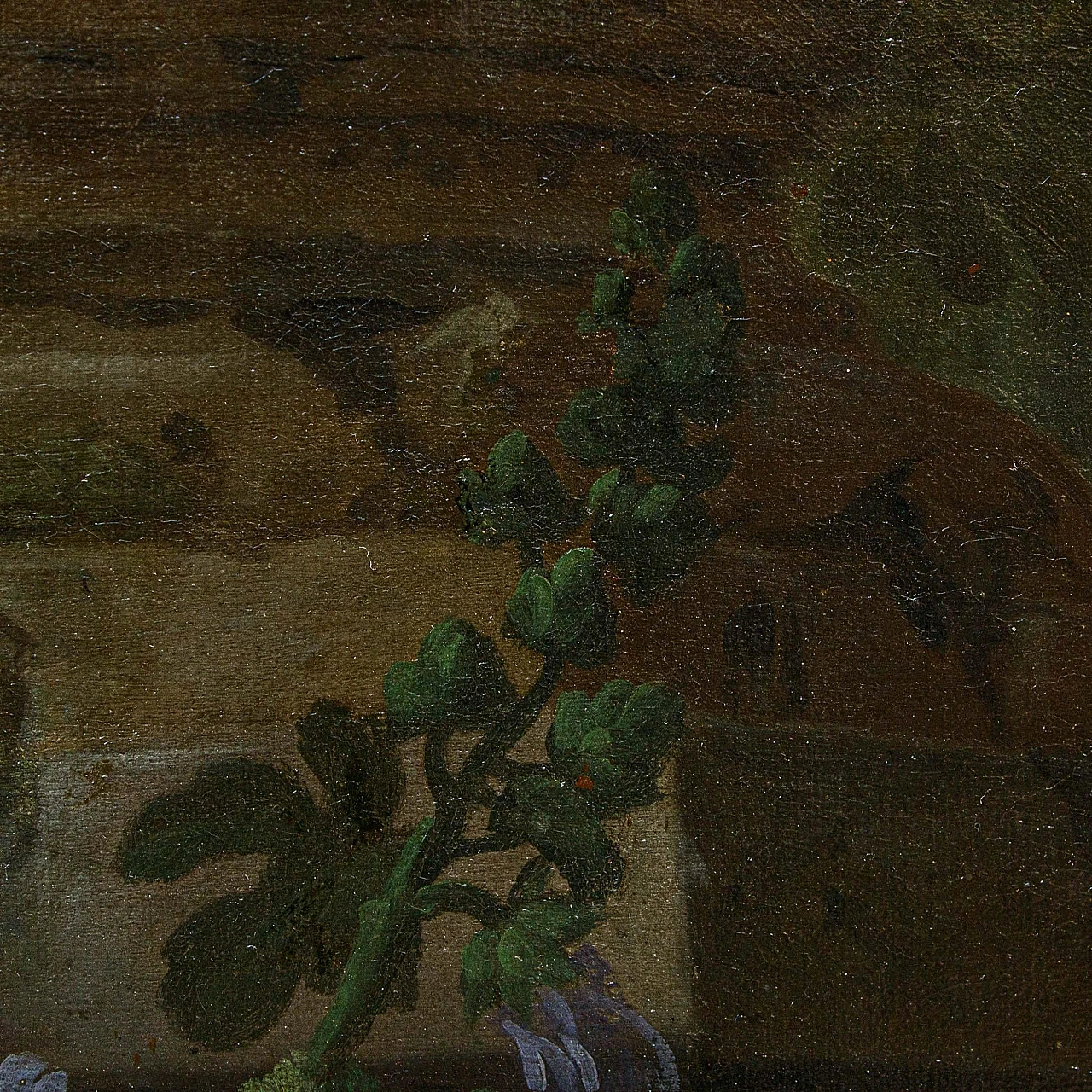
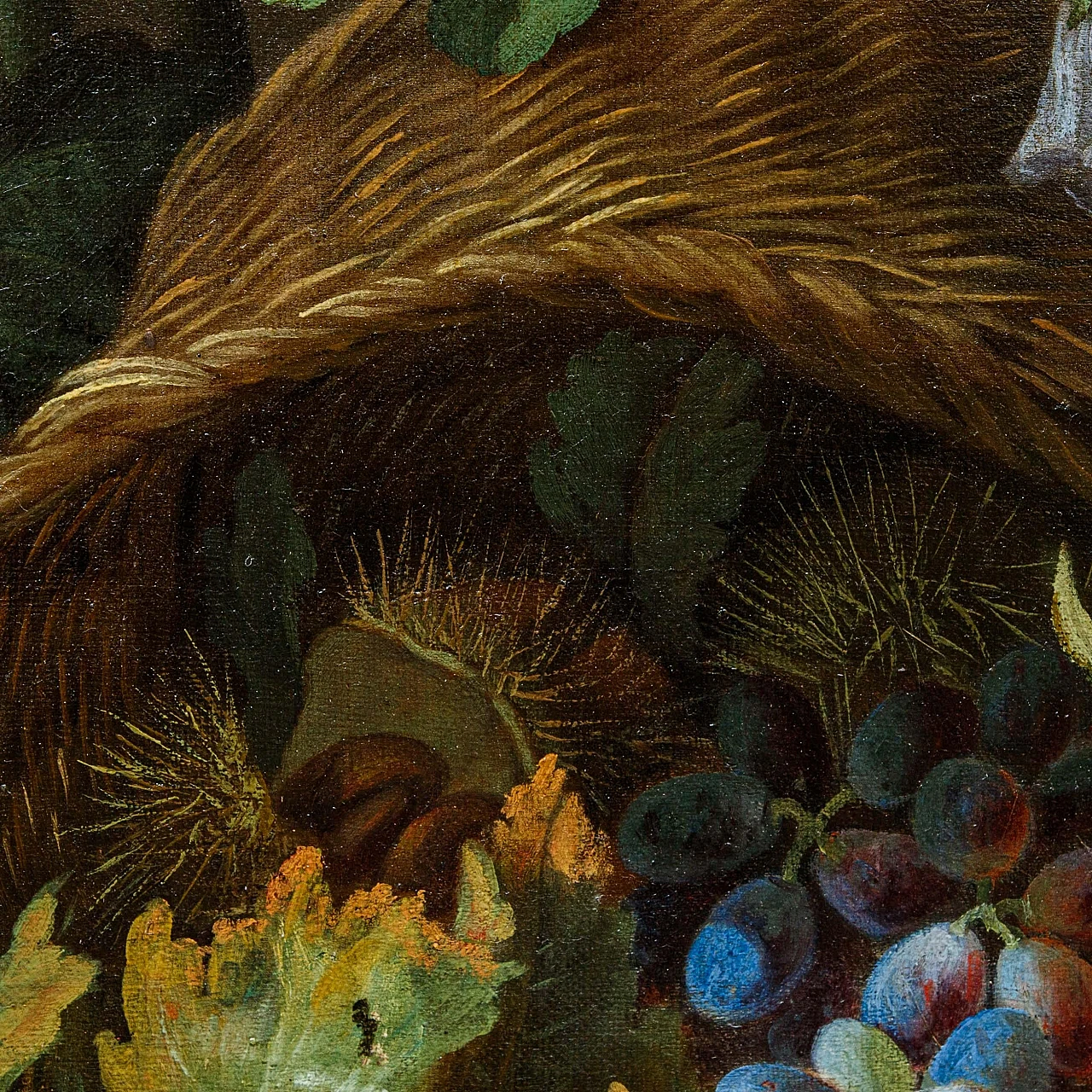
 SILVER Seller in Milano, Italia
SILVER Seller in Milano, Italia






.png)





